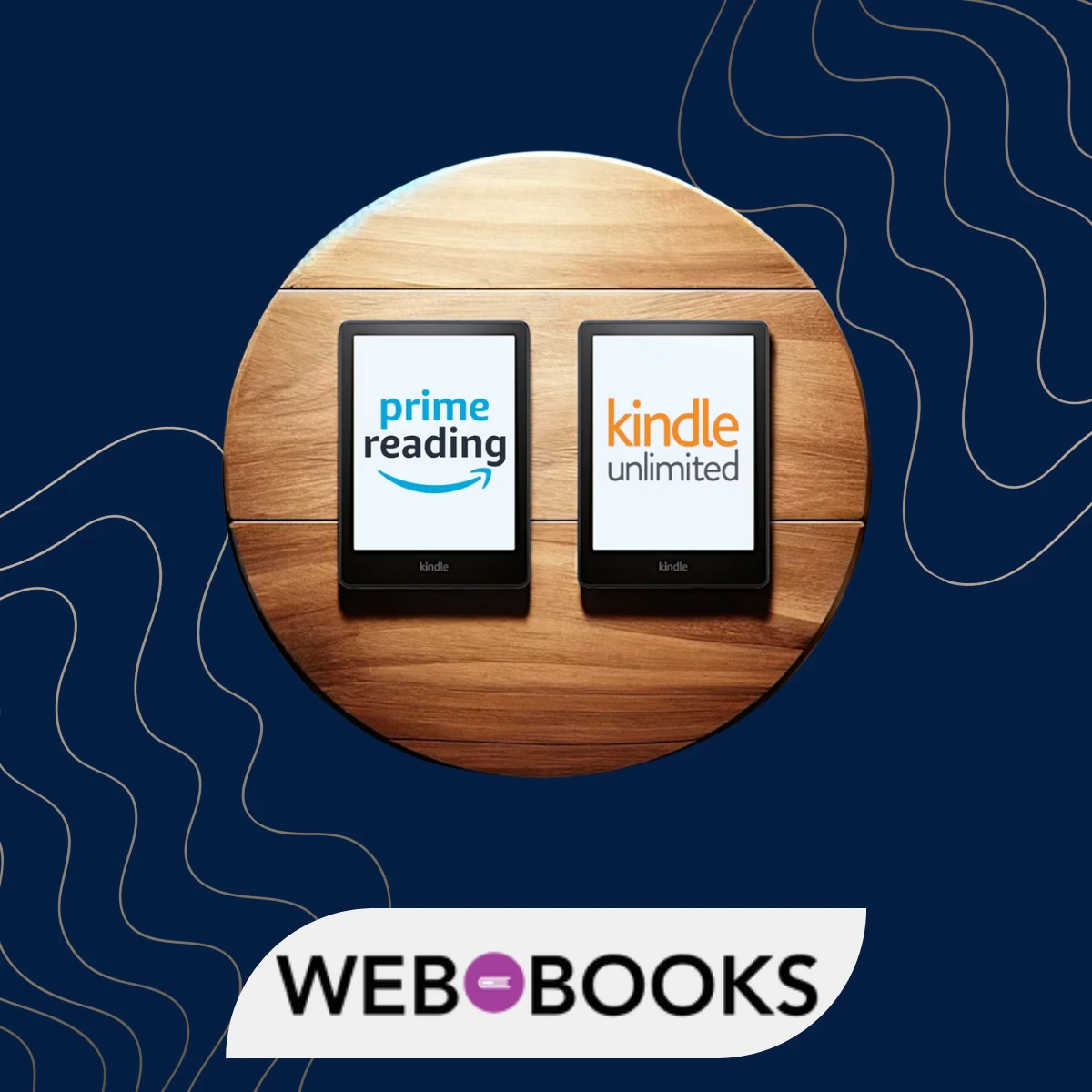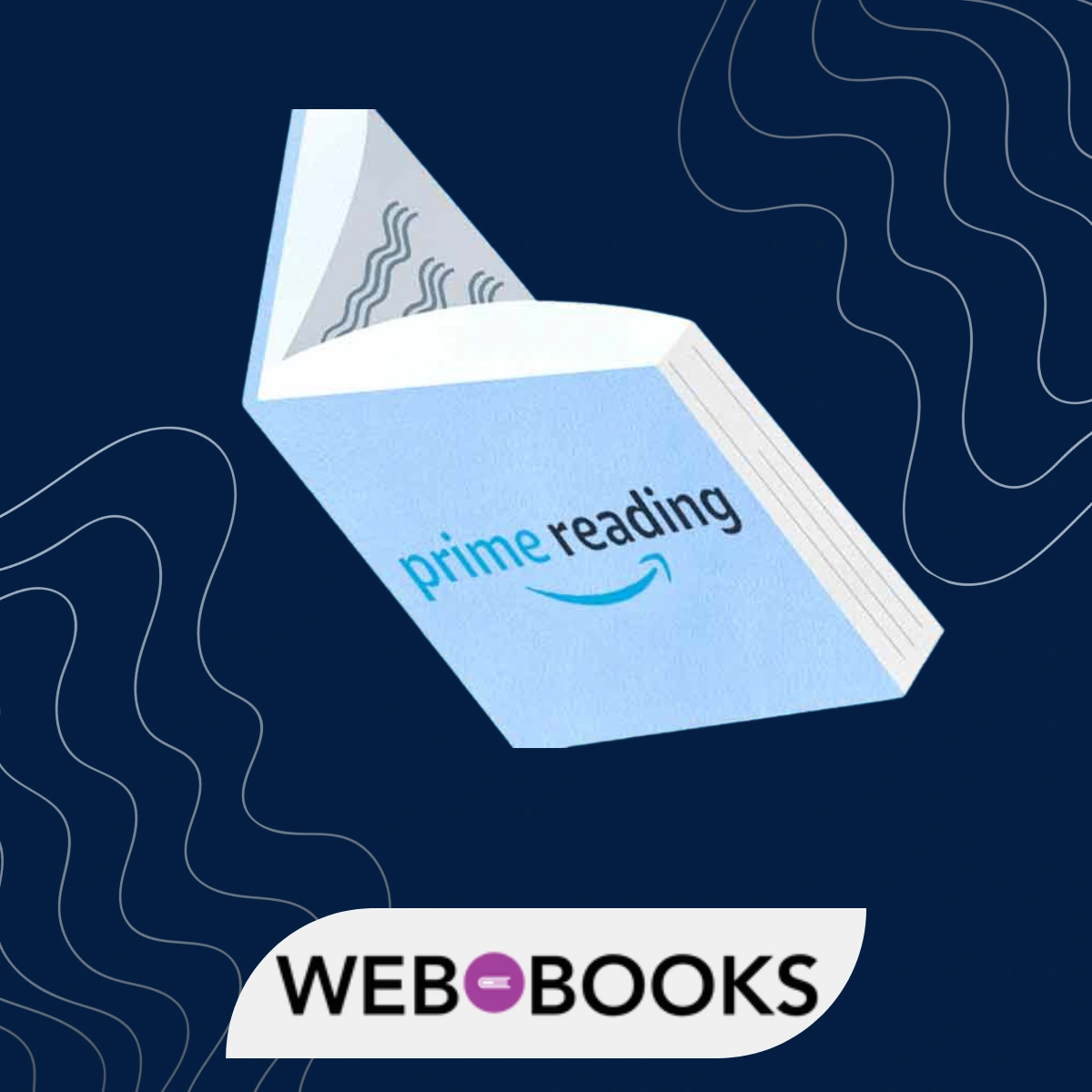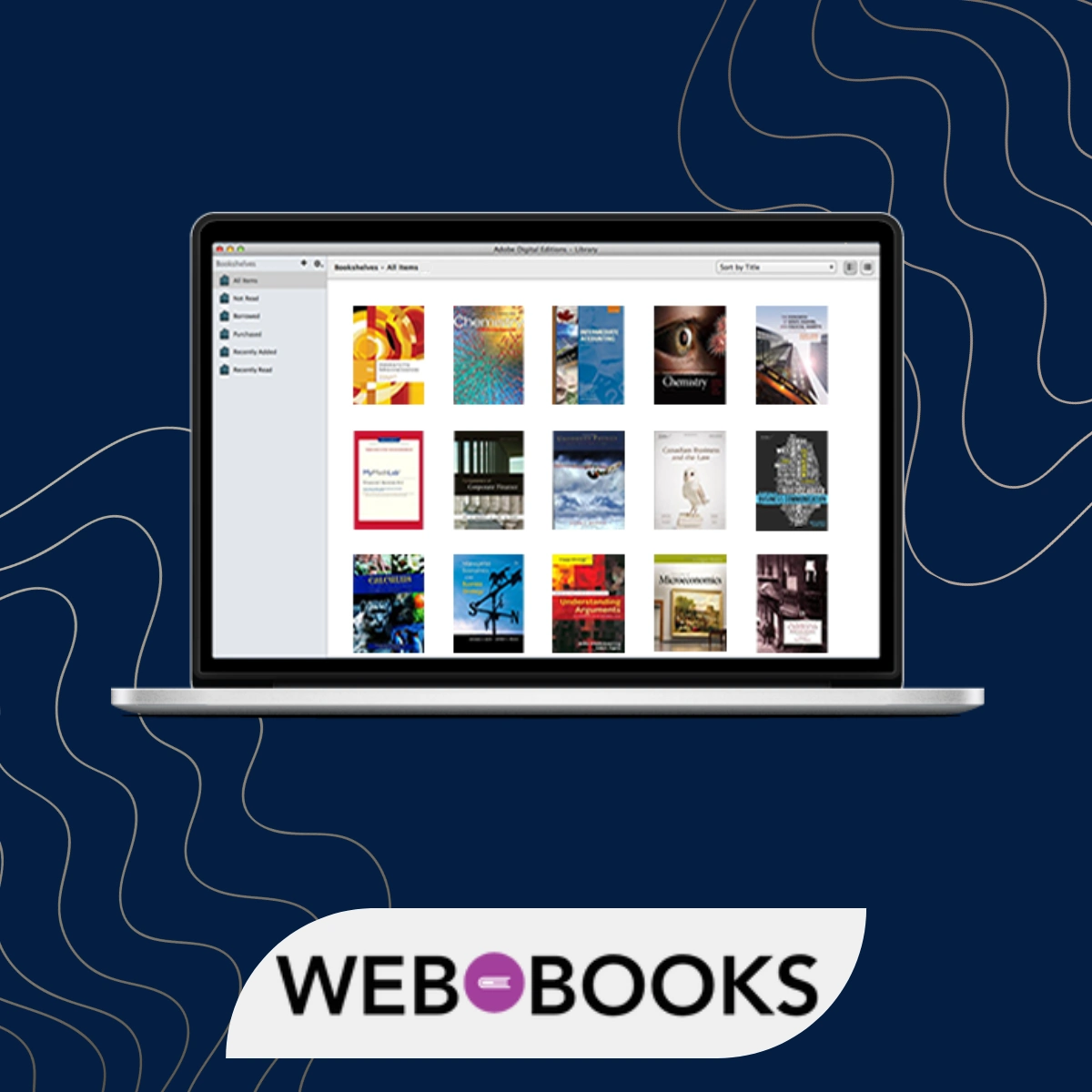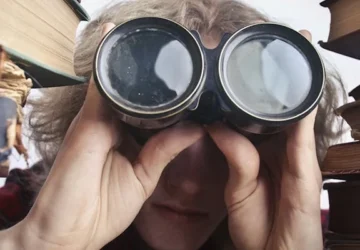
What Is Prime Reading and How to Use It Effectively
We are living in the age of “access,” not “ownership.”
This cultural shift has already transformed music (Spotify), film (Netflix), and television (Hulu). We no longer buy albums; we access a library. We no longer buy DVDs; we stream a catalog.
Now, this model has come for our bookshelves. Amazon, the company that defined the “ownership” model of digital books (buying a Kindle file), is also the company pioneering the “access” model.
This brings us to one of its most popular, and most misunderstood, services: Prime Reading.
Many people see it, but few understand it. Is it free? Is it all of Amazon? Is it the same as Kindle Unlimited?
The short answer is: What is Prime Reading? It is a service. It is a bonus. It is a curated, rotating, and limited library that is included for free with an existing Amazon Prime membership.
But the real answer is more profound. It represents the “Netflix-ification” of the written word. It is a fundamental shift in our relationship with books, from “owning” a permanent file to “accessing” a temporary stream.
This is not just a “how-to” guide. This is a strategic analysis of what this service is, what it is not, and how to use Prime Reading effectively as a serious reader, not just a passive consumer.
What “Prime Reading” Actually Is
First, we must be clear about what Prime Reading is not.
It is not “all-you-can-eat” for the entire Amazon store. It is not a way to get any book you want for free. This is the single biggest misconception.
So, what is Prime Reading? Think of it as a “curated library,” not a “bookstore.” It is a small, hand-picked, and constantly rotating collection of approximately 3,000 titles. This collection is included at no extra cost as a perk for being an Amazon Prime member (the same membership that gives you free shipping and Prime Video).
This catalog is a diverse mix, including a selection of eBooks (both fiction and non-fiction, sometimes including bestsellers), a variety of current, popular magazine issues, a collection of comics and graphic novels, and “Amazon Original Stories,” which are short-form works commissioned by Amazon.
You can “check out” up to 10 of these titles at one time. There are no “due dates.” You can keep them for as long as you want. But if you want an 11th title, you must “return” one of the first 10. It is, in essence, a free, private, digital library. Its small, curated nature is its defining feature.
The Great Confusion: Prime Reading vs. Kindle Unlimited
This is the most important distinction, and the one Amazon has, perhaps intentionally, left confusing for consumers. These are not the same service. Failing to understand the difference is the main reason for user frustration.
Prime Reading is the “free sample.” Kindle Unlimited is the “paid buffet.”
Here is a clear breakdown of the differences. This is the only “list” in this guide, as it is the clearest way to present this comparative data.

| Feature | Prime Reading | Kindle Unlimited (KU) |
| Cost | Free. (Included with your $139/year Prime membership). | Paid. (A separate $11.99/month subscription). |
| Catalog Size | Small. (Approx. 3,000 titles). | Massive. (Approx. 4 million titles). |
| Catalog Type | Curated & Rotating. (Hand-picked “best of” or “promoted” titles). | Vast & Deep. (Includes millions of self-published indie authors). |
| Primary Purpose | A Perk/Bonus to add value to Amazon Prime. | A Product designed for voracious, high-volume readers. |
To use an analogy: Prime Reading is the free “continental breakfast” that comes with your hotel room (your Prime membership). Kindle Unlimited is the hotel’s 24-hour, all-you-can-eat restaurant that you have to pay extra to enter. You must decide which kind of “eater” you are.
How to Use Prime Reading Effectively

Because the catalog is small and rotating, you cannot use Prime Reading as your primary library. You cannot go to it expecting to find a specific book you are looking for. If you do that, you will be disappointed.
The strategic way to how to use Prime Reading effectively is to change your mindset. It is not a “search engine.” It is a “discovery engine.”
Its real value is zero-risk exploration.
-
Think of all the times you’ve been in a bookstore. You see a book by an author you’ve never heard of, in a genre you don’t normally read. The cover looks interesting. The blurb is compelling. But… it costs $18. You are not willing to risk $18 on an unknown quantity. So you put it down and buy the “safe bet” from an author you already love.
This is the problem Prime Reading solves. The entire 3,000-book catalog is a “free sample” table. Its greatest power is in helping you “test-drive” authors and genres you would never otherwise have tried. You can try a new genre, like “LitRPG” or “Cozy Mysteries,” without commitment. You can “test-drave” a trending author’s style before you financially commit to buying their full catalog. This is also a hugely underrated perk for magazines. A single issue of National Geographic or The New Yorker can cost $10 at a newsstand. Getting to read them for free as part of your membership is a direct and tangible saving.
The “effective” user does not go to Prime Reading to find a book. They go to Prime Reading to discover one.
The “Catch”: Access vs. Ownership
There is, of course, a “catch.” This is the core of the “Netflix-ification” model, and it is the trade-off we all make for convenience.
You do not own these books.
This is a fundamental psychological shift for readers. When you “buy” a Kindle e-book (or a physical book), it is yours. It lives on your device or your shelf forever. It is an asset. When you “borrow” a book from Amazon Prime Reading, it is a rental. It is a temporary “access pass.”

-
This has two major implications. First, if you cancel your Prime membership, you lose your library. The 10 books you have “borrowed” are not yours. The moment your Prime membership lapses, those files will be de-activated and will disappear from your device. Second, the catalog is a “revolving door.” This is the most frustrating part for many. You may log in one day and see a book you want to read. You “add it to your library” but decide to read something else first. When you come back a month later, that book may be gone. The publisher’s contract with Amazon may have expired, and the book has “rotated” out of the catalog.
This is the trade-off. Prime Reading gives you variety and discovery at no cost. It takes away permanence and ownership. An effective reader understands this. They treat Prime Reading as a “transient” library for low-stakes reading (magazines, quick thrillers, genre test-drives). They save their money for the “Core Investment” books that they want to own, mark up, and keep forever.
The Savvy Reader’s Tool
What is Prime Reading? It is not a revolution. It is not a replacement for a real library or a real bookstore.
It is a tool. And like any tool, it is only as good as the person using it.
A “frustrated” reader is one who expects it to be something it’s not. They expect it to be an infinite, free bookstore. They are angry when the book they want isn’t there, or when a book they saved disappears.
A “savvy” reader understands the system. They know it is a free, rotating, curated bonus. They use it for what it’s for: a zero-risk “discovery engine.” They use it to “test-drive” new authors, to browse magazines for free, and to satisfy a passing curiosity without opening their wallet.
It is the “continental breakfast” of the reading world. It’s not a gourmet meal, but for a savvy guest who knows what they’re getting, it is a very satisfying, and very free, perk.
Recommended for you

How Fiction Can Support Learning and Imagination
For centuries, a persistent myth has haunted our perception of reading. It is the myth of the “serious” versus the “frivolous.” In this binary, non-fiction is the “serious” stuff. It is the realm of facts, history, science, and learning. Fiction, on the other hand, is cast as the “frivolous” sibling. It is entertainment. It is […]

Why Classic Literature Remains Relevant
Why do we still read them? This is a question that echoes through classrooms and book clubs. Why do we bother with books written 50, 100, or 200 years ago, by authors who are long dead? The world has changed. We have the internet. We have immediate, global communication. We have new problems, new technologies, […]

Travel Through Pages: Literature for Explorers
What defines “literature for explorers”? The easy answer is a story about a journey. A book that moves, that chronicles a voyage from a safe harbor to a wild, unknown land. We think of travelogues, memoirs, or survival stories. But this definition is incomplete. It’s too literal. A true story for explorers is not just […]

What Is Close Reading and Why It Matters in Modern Education
We are drowning in words. We read more today than at any other point in human history. We scroll through articles. We skim headlines. We digest hot takes, social media posts, and endless comment threads. Our brains, rewired by the digital age, have become incredibly efficient at one specific skill. Skimming. We have trained ourselves […]

Sci-Fi vs Fantasy: Key Differences and What to Read
On the surface, the difference seems simple. One genre has spaceships and aliens. The other has dragons and elves. Science Fiction, we are told, is about the future, and Fantasy is about the past. This is a shallow analysis. And it is wrong. This “aesthetic” definition one of props and settings collapses immediately under any […]

Books Every Student Should Read Before University
University is not just the next step after school. It is a fundamentally different kind of intellectual environment. High school often rewards memorization and acceptance of authority. University, at its best, rewards questioning. It is not just about learning what to think; it is about learning how to think. It is about engaging with complex, […]

What Is Reading Fluency and How to Improve It
Ask someone what is reading fluency, and they will likely give you a simple answer: “It means reading fast.” This answer is understandable. It is intuitive. But it is also dangerously incomplete. Reading fluency is not a race. It is not about simply processing words at maximum velocity. True fluency is a complex skill, a […]

Why Poetry Is Gaining Popularity Among Young Readers
There is a paradox in the modern literary world. For decades, the narrative has been consistent: literacy is in decline, attention spans are nonexistent, and young people, in particular, do not read. Book sales are stagnant. The novel is fighting for its life against Netflix and TikTok. And yet, in the middle of this supposed […]